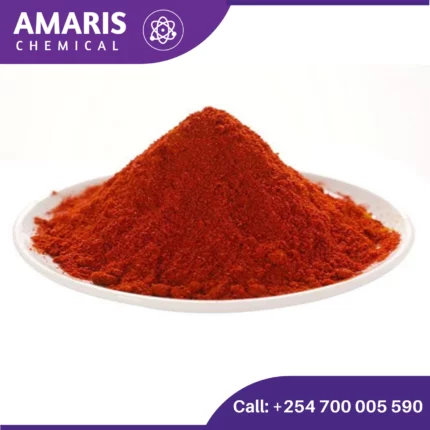
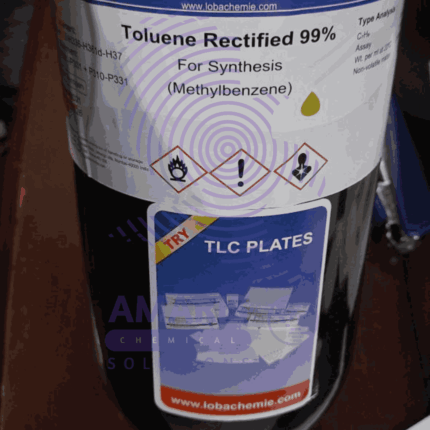
Tartaric Acid 500gm
$1,745.00 Original price was: $1,745.00.$1,550.00Current price is: $1,550.00.
Tartaric acid is a naturally occurring organic acid found in many plants, particularly in grapes, bananas, and tamarinds. It is well-known for its significant role in the wine industry, where it helps stabilize the wine and contributes to its taste. Here are some key aspects and uses of tartaric acid:
Chemical Properties
- Chemical Formula: C4_44H6_66O6_66
- Molecular Weight: 150.09 g/mol
- Appearance: White crystalline powder
- Solubility: Soluble in water and alcohol
Natural Occurrence
Tartaric acid is widely found in nature, predominantly in fruits like grapes, apricots, and apples. The potassium salt of tartaric acid, known as potassium bitartrate or cream of tartar, is a byproduct of winemaking.
Industrial Production
Commercially, tartaric acid is often produced as a byproduct of wine production. The process involves:
- Extraction: The sediment left in wine barrels, known as “lees,” is treated to extract potassium bitartrate.
- Purification: The crude potassium bitartrate is then purified and converted to tartaric acid.
Table of Contents
ToggleUses of Tartaric Acid
1. Chiral Resolution
Tartaric acid is used to resolve racemic mixtures of organic compounds into their enantiomers. This process is essential in the synthesis of enantiomerically pure pharmaceuticals, agrochemicals, and other fine chemicals.
2. Chelating Agent
Tartaric acid acts as a chelating agent, binding to metal ions to form stable complexes. This property is utilized in:
- Analytical Chemistry: To remove or mask metal ions that may interfere with analytical methods.
- Metal Titrations: Used in complexometric titrations to determine metal ion concentrations.
3. Buffer Solutions
Tartaric acid can be used to prepare buffer solutions. These buffers are important in maintaining a constant pH in various biochemical and chemical processes.
4. Synthesis of Other Compounds
Tartaric acid serves as a starting material or reagent in the synthesis of various chemical compounds, including:
- Organic Synthesis: Used to produce esters, lactones, and other derivatives.
- Pharmaceutical Synthesis: Intermediate in the synthesis of drugs and active pharmaceutical ingredients (APIs).
5. Standardization
Tartaric acid is used as a primary standard in titrimetric analyses due to its high purity and stability. It helps calibrate instruments and standardize solutions.
6. Polarimetry
In polarimetric studies, tartaric acid is used to investigate the optical activity of compounds. This is crucial for determining the concentration and purity of optically active substances.
7. Coordination Chemistry
Tartaric acid is used in coordination chemistry studies to form complexes with transition metals, aiding in the investigation of metal-ligand interactions.
8. Staining Reagent
In microscopy, tartaric acid is a component of some staining solutions, helping to highlight structures in biological specimens.
9. Electroplating
Tartaric acid is used in the formulation of electrolytes for electroplating processes. It helps improve the quality and adhesion of metal coatings.


 Emollients
Emollients Humectants
Humectants UV Filters
UV Filters Surfactants (cosmetic)
Surfactants (cosmetic) Preservatives (cosmetic)
Preservatives (cosmetic) Fragrances and Essential Oils
Fragrances and Essential Oils Antioxidants (cosmetics)
Antioxidants (cosmetics)
 Solvents (lab)
Solvents (lab) Chromatography Chemicals
Chromatography Chemicals Microbiology and Cell Culture Reagents
Microbiology and Cell Culture Reagents Biochemical Reagents
Biochemical Reagents Inorganic and Organic Standards
Inorganic and Organic Standards Spectroscopy Reagents
Spectroscopy Reagents Molecular Biology Reagents
Molecular Biology Reagents
 Precious Metal Extraction Agents
Precious Metal Extraction Agents
 Plasticizers
Plasticizers Polymerization Initiators
Polymerization Initiators Stabilizers
Stabilizers Monomers
Monomers Fillers and Reinforcements
Fillers and Reinforcements Antioxidants (plastics)
Antioxidants (plastics) Colorants (plastic pigments,Dyes)
Colorants (plastic pigments,Dyes)
 Fertilizers
Fertilizers Plant Growth Regulators
Plant Growth Regulators Soil Conditioners
Soil Conditioners Animal Feed Additives
Animal Feed Additives Biostimulants
Biostimulants
 Dough Conditioners
Dough Conditioners Flour Treatments
Flour Treatments Fat Replacers
Fat Replacers Preservatives (baking)
Preservatives (baking)
 Surfactants (cleaning)
Surfactants (cleaning) Builders
Builders Bleaching Agents
Bleaching Agents Enzymes
Enzymes Solvents (cleaning)
Solvents (cleaning) Fragrances
Fragrances Disinfectant
Disinfectant Metal cleaning
Metal cleaning
 Binders/Resins
Binders/Resins Pigments
Pigments Solvents (paint)
Solvents (paint) Additives
Additives Driers
Driers Anti-Corrosion Agents
Anti-Corrosion Agents Specialty Coatings
Specialty Coatings Functional Coatings
Functional Coatings Application-Specific Coatings
Application-Specific Coatings
 Sealants and Adhesives
Sealants and Adhesives
 Biodegradable Surfactants
Biodegradable Surfactants Bio-based Solvents
Bio-based Solvents Renewable Polymers
Renewable Polymers Carbon Capture Chemicals
Carbon Capture Chemicals Wastewater Treatment Chemicals
Wastewater Treatment Chemicals
 Preservatives (food)
Preservatives (food) Flavor Enhancers
Flavor Enhancers Acidulants
Acidulants Sweeteners
Sweeteners Emulsifiers
Emulsifiers Antioxidants (food)
Antioxidants (food) Colorants (food)
Colorants (food) Nutrient Supplements
Nutrient Supplements Nutraceutical Ingredients
Nutraceutical Ingredients
 Fresh Herbs
Fresh Herbs Whole Spices
Whole Spices Ground Spices
Ground Spices Spice Blends
Spice Blends
 Surfactants(oil)
Surfactants(oil)
 Antibiotics
Antibiotics Active Pharmaceutical Ingredients
Active Pharmaceutical Ingredients Excipients
Excipients Vaccine Adjuvants
Vaccine Adjuvants Nutraceutical Ingredients
Nutraceutical Ingredients Solvents (pharmaceutical)
Solvents (pharmaceutical)
 Automotive chemicals
Automotive chemicals Pyrotechnic Chemicals
Pyrotechnic Chemicals


 Vulcanizing Agents
Vulcanizing Agents Accelerators & Retarders
Accelerators & Retarders Antidegradants
Antidegradants Reinforcing Agents
Reinforcing Agents Plasticizers & Softeners
Plasticizers & Softeners Fillers & Extenders
Fillers & Extenders Blowing Agents
Blowing Agents Adhesion Promoters
Adhesion Promoters
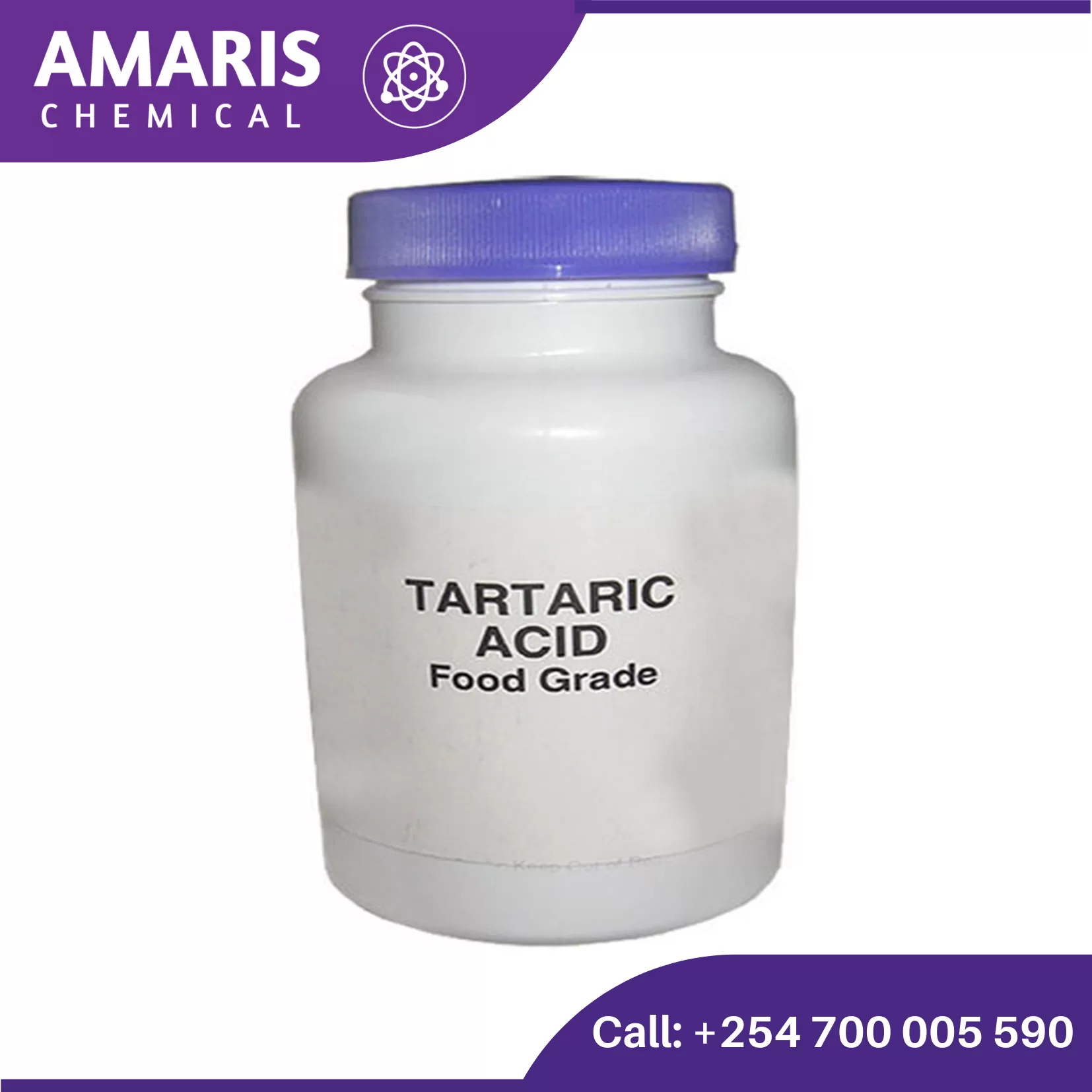
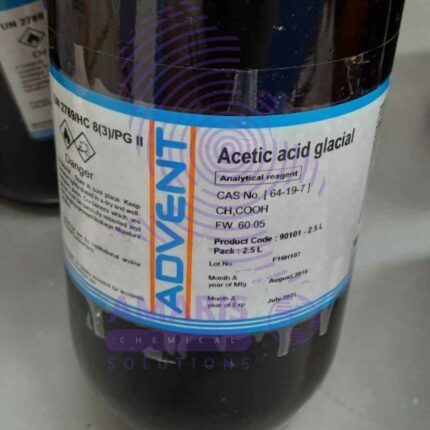
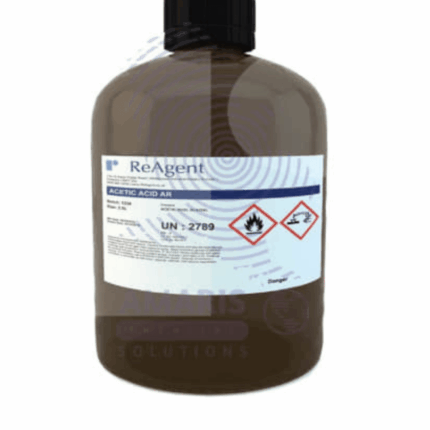
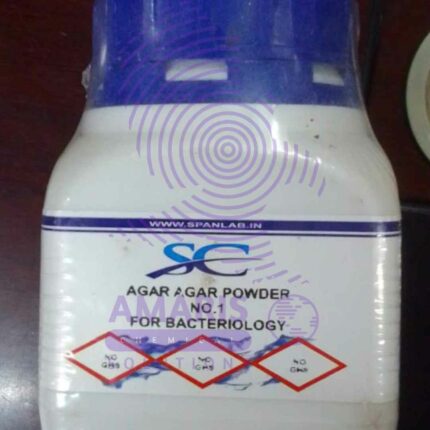
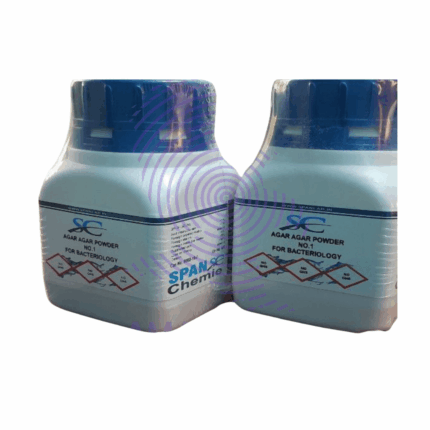
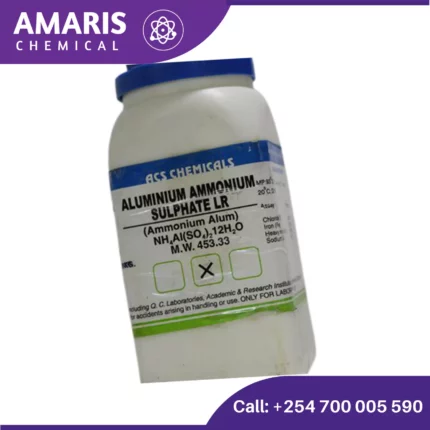
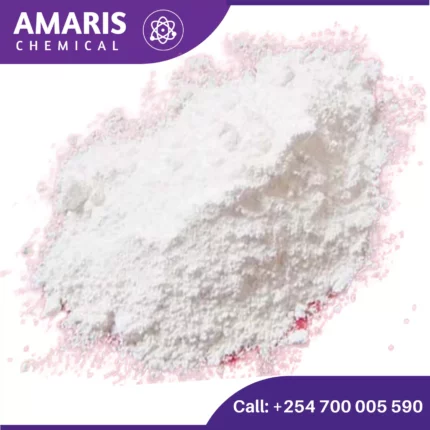

















Reviews
There are no reviews yet.